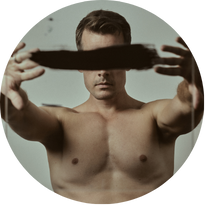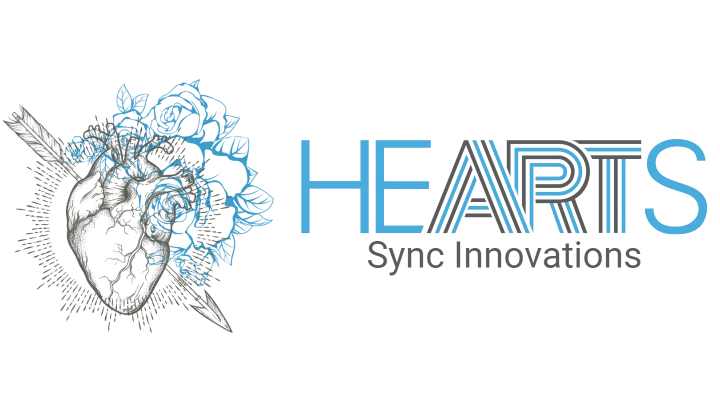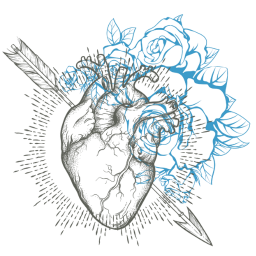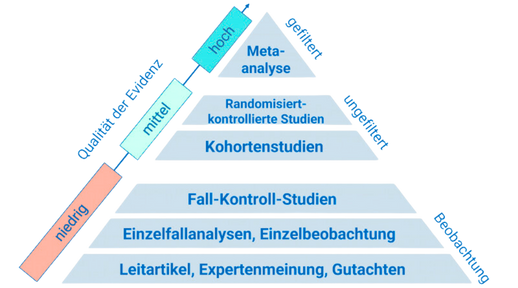It is said that the journey of a thousand miles begins with a single step. This wisdom reveals a universal truth that applies to both long journeys and the long road to recovery after an injurydamages affecting the body or illness. Rehabilitation after such events can often seem daunting, yet thanks to new and unexpected techniques, the healing process can be made not only effective but also inspiring. Let us dive into the world of alternative rehabilitation techniques that can support recovery in astonishing ways.
Rehabilitation is crucial for helping individuals regain their physical functions after injuries or illnesses. Traditionally, rehabilitation has been defined by physical therapy and medical interventions, but alternative techniques are increasingly gaining importance. These new approaches focus not only on physical recovery but also on mental and emotional health by incorporating both body and mind. Techniques such as mirror therapya form of therapy that works with reflections, Tai Chia traditional Chinese form of movement, the Feldenkrais Methoda practice-oriented approach to awareness and improvement of movement patterns, and even gardening activities contribute to promoting the healing process.
Mirror therapy can have remarkable effects on recovery after neurological injuries by "tricking" the brain into thinking that the more mobile limb is the affected one, thereby improving motor functions [1]. Tai Chi, known for its gentle, flowing movements, improves balance and coordination and has a low risk of injury, making it ideal for rehabilitation [2]. Trying Feldenkrais can enhance self-awareness and improve the range of motion, which is particularly beneficial for individuals with limited mobility [3]. Finally, gardening activities can serve as a therapeutic tool to foster both physical movement and mental stimulation [4]. Together, these techniques provide not only physical benefits but also promote a holistic recovery.
A study on mirror therapy in stroke patients demonstrated that this method significantly enhances corticalconcerning the outer layer of the brain activation in sensorimotor areas, even when motor areas are impaired by injury [1]. Another study found that mirror therapy combined with task-oriented training yielded significant improvements in balance and in the Fugl-Meyer assessment of motor function [5]. These studies have moderate to high quality, based on their methodology and the significant sample sizes of ten and 304 patients, respectively. Such findings underscore the potential effectiveness of these techniques in clinical practice.
The Feldenkrais Method was studied with 30 participants, showing an increase in participants' neck flexion range and a decrease in perceived effort [6]. A more comprehensive study on the effects of this method showed a significant increase in EEG markers after a 28-session protocol, indicating improved neural activity during movement exercises [3]. These studies demonstrate the effectiveness of the method in enhancing movement perception and neural activity.
To benefit from these innovative techniques, you can integrate the following steps into your daily routine:
1. Try mirror therapy: Sit in front of a mirror and perform simple movements with the unaffected arm while watching your reflection. This technique may be particularly useful after neurological eventsevents such as strokes or accidents [1].
2. Practice Tai Chi: Join a class or use online resources to perform Tai Chi exercises daily. These exercises can strengthen balance and coordination [2].
3. Attend Feldenkrais classes: Look for Feldenkrais method providers in your area to improve your movement repertoire [6].
4. Incorporate gardening: Spend regular time gardening. This combines physical activity with mental relaxation and can be particularly soothing [4].
Healing and restoring mobility after injuries or illnesses can be an extensive process that goes beyond mere physical therapy measures. By exploring and integrating techniques such as mirror therapy, Tai Chi, Feldenkrais, and gardening activities, we can improve not only our bodies but also our minds and overall well-being. It is time to seriously consider this holistic approach, as every step along this path can restore a meaningful part of our health.
This health article was created with AI support and is intended to help people access current scientific health knowledge. It contributes to the democratization of science – however, it does not replace professional medical advice and may present individual details in a simplified or slightly inaccurate manner due to AI-generated content. HEARTPORT and its affiliates assume no liability for the accuracy, completeness, or applicability of the information provided.









